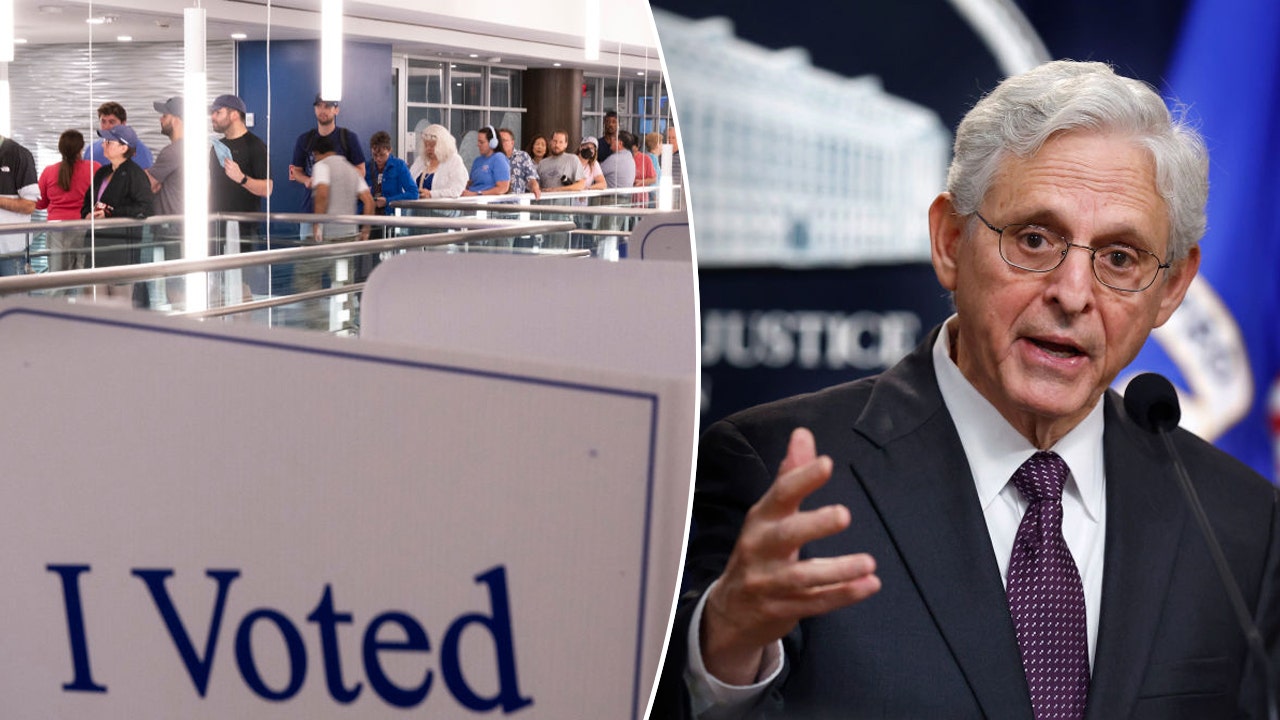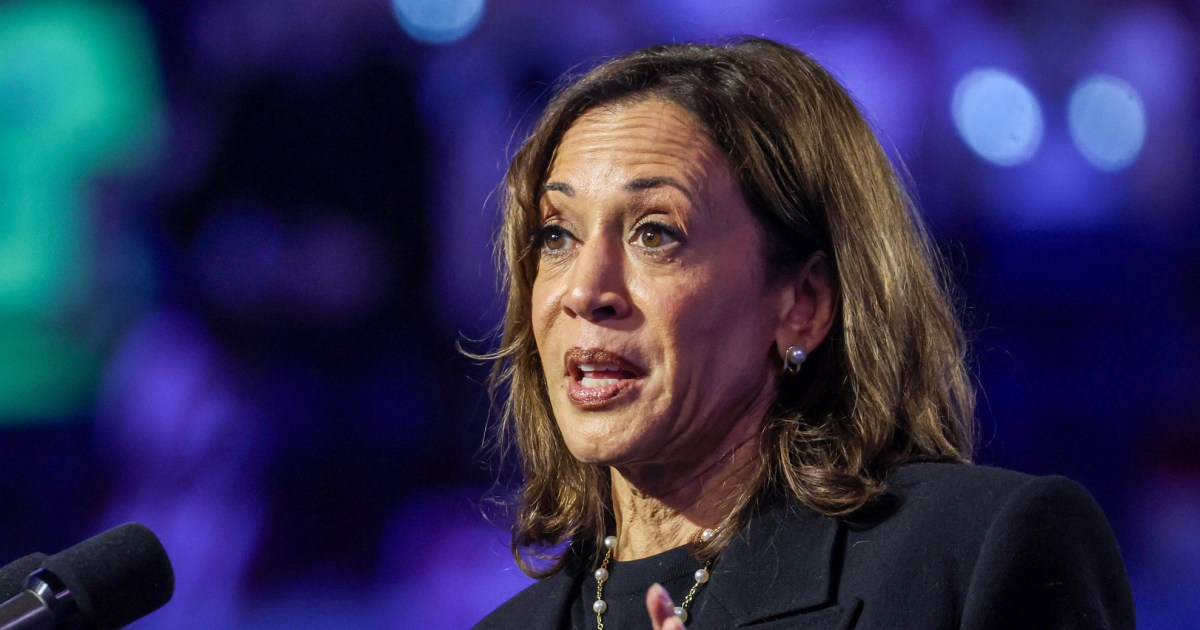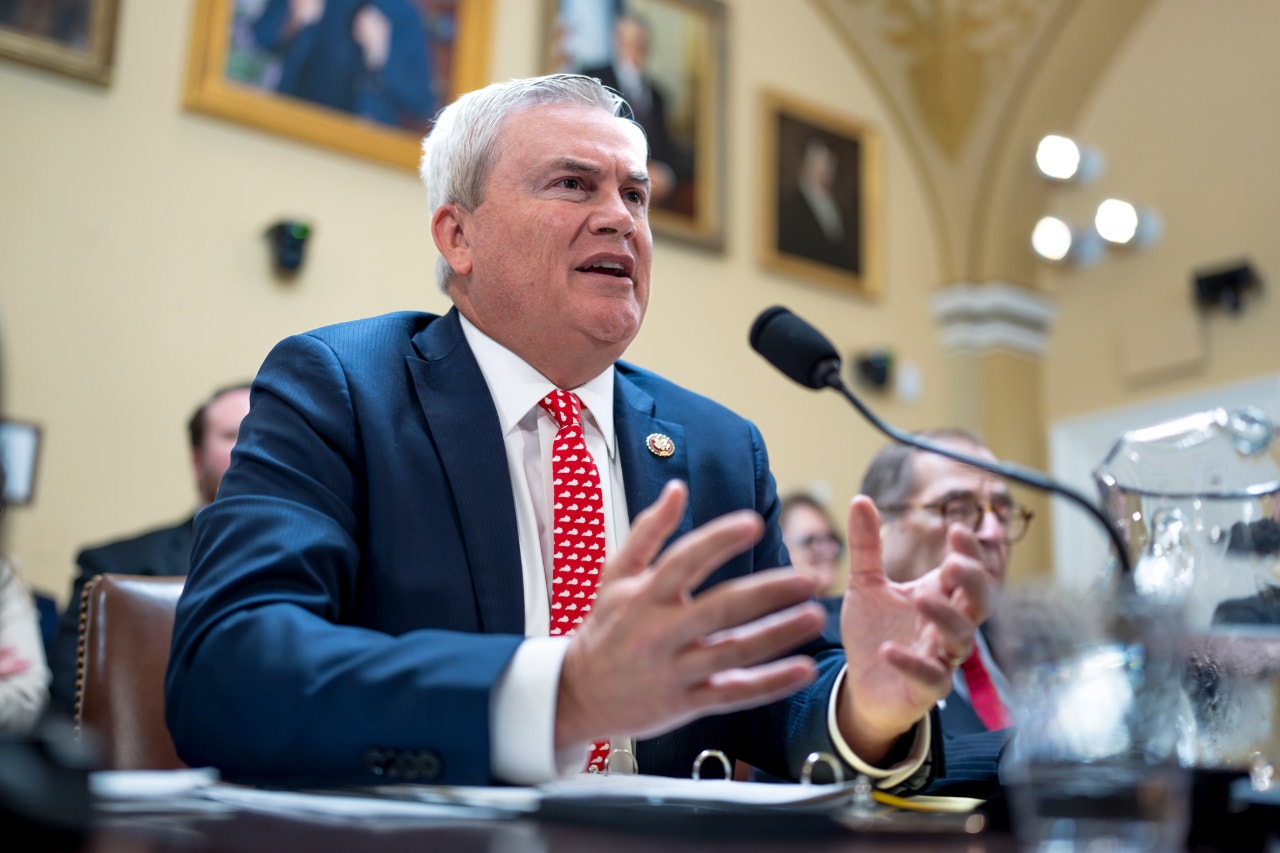Hawaii
Expert: State’s delay in activating emergency hub for wildfire likely hindered response
/cloudfront-us-east-1.images.arcpublishing.com/gray/QLOBPGIA7ZDKRACJKJFA672YEM.jpg)
HONOLULU (HawaiiNewsNow) – For nearly two months, HNN Investigates has tried to nail down exactly who was in the emergency operations centers for Maui County and the state on the day of the Lahaina wildfire. We finally got an answer from the state — and experts say it suggests a critical delay that likely impacted the government’s response to the deadliest wildfire in the US in a century.
The 911 calls from Lahaina started pouring in about 3:30 p.m. on Aug. 8.
One man asked a dispatcher, “It’s really scary. What are we supposed to do?”
In the hours that followed, Maui County dispatch received thousands of emergency calls, many from people trapped inside the wind whipped fire storm that was rapidly sweeping through the town.
PREVIOUS COVERAGE:
Despite all those calls, officials in charge of heading up both the county and state’s emergency response seemed oblivious to the severity of the situation unfolding on the ground.
At the same time that people were jumping into the ocean to escape flames, Mayor Richard Bissen said this on HNN’s 6 p.m. news: ”I’m happy to report that the road is open to and from Lahaina.”
Then about 10:00 p.m., seven hours after the wildfire sparked, acting Gov.Sylvia Luke and the head of the state’s Emergency Management Agency — Maj. Gen. Kenneth Hara — did an interview with HNN Investigates in which they were seemingly unaware the town had already been leveled.
When asked if Hawaii ready for this scenario, Hara responded, “We were ready. We were preparing for this in coordination with the county. I really want to give credit to the National Weather Service.”
That string of apparently uniformed statements prompted HNN Investigates to submit public records requests asking for sign-in sheets listing who was in the county and state emergency operations centers on the day of the fire and when those critical hubs were officially activated.
Nearly two months later, HNN is still waiting for a response from Maui County.
On the state side, we have gotten some answers — but they’re far from clear.
A spokesperson from the state told HNN that “no record is available” to answer our questions because the state EOC “was not fully activated” the day the Lahaina fire started and “no sign in sheet was maintained.” In a follow-up email, a spokesperson said “numerous state emergency support functions were activated on Aug. 9,” the day after the disaster.
The spokesperson added that “full activation” started at 6 a.m. on Aug. 10.
When HNN asked Hara, the head of EOC, why it took so long, the story changed.
The state now claims a top Hawaii Emergency Management official, Administrator James Barros, ordered a full activation “late” on Aug. 8 and that personnel reported for duty “starting the following morning.” But the state wouldn’t give us specific times and when HNN asked for an interview with Hara, we were told he is currently on leave and that no one else was available to speak to us.
Even with the modified timeline, an emergency management expert with 40 years of experience told HNN Investigates the delay is hard to explain. “I’d want to know why,” said Toby Clairmont. “That would be atypical for HIEMA. They are usually very aware of what’s going on.”
Special Section: Maui Wildfires Disaster
Over the years, Clairmont has worked at the city, state and federal levels and had a hand in coordinating emergency response to disasters like Hurricane Katrina. He also served as the executive officer at the Hawaii Emergency Management Agency before retiring in 2018.
Clairmont says in a disaster, the most essential resources are activated by the county.
He added that it’s up to the county to ask the state for help.
He said if the state’s EOC isn’t fully activated, “you wouldn’t have all the resources at your disposal.”
Clairmont says if the county doesn’t request the state’s assistance but is aware an emergency is unfolding, the state should immediately get in contact with the county’s emergency officials to make sure they’ve got the situation under control and offer any help they might.
“That’s very appropriate,” Clairmont said. “The state maintains what’s called a state Warning Point. That’s a 24/7 operation within HIEMA.”
He added: “Their job is to be situationally aware of what’s going on all over the state. They’re watching TV. They’re watching your news services. They’re watching social media. They’re watching the wires. And if they see something emerging it’s part of their job to reach out and say, ‘hey, what do you need from us?’”
The state confirms Barros along with his executive officer and an operations branch chief were in the state Warning Point the evening of Aug. 8.
The resilience branch chief and communications director worked remotely.
HNN also confirmed there is no state-level plan on how to respond to a wildfire, only a general all-hazard plan. Clairmont said that could have contributed to what appears to have been a wait-and-see approach from the state.
Copyright 2023 Hawaii News Now. All rights reserved.

Hawaii
Central Pacific's deal talks for American Savings in Hawaii stall

Adobe Stock
Central Pacific Bancorp in Honolulu, reportedly in talks this year to buy Hawaiian Electric’s American Savings Bank, said deal discussions are now on ice.
“While the parties are no longer currently engaged in discussions, we remain interested in the opportunity under the right terms and conditions,” Central Pacific Chairman and CEO Arnold Martines said Wednesday during the $7.4 billion-asset bank’s third quarter earnings call.
He said Central Pacific recorded $3.1 million in pretax expenses “related to our evaluation and assessment of a strategic opportunity.”
He did not name
Citing unnamed sources, Bloomberg in September reported that Central Pacific was in discussions with multiple alternative asset managers to help buy the $9.3 billion-asset American Savings from Hawaiian Electric, the utility under scrutiny for its role in the August
Central Pacific reported third-quarter net income of $13.3 million, or 49 cents per share. Those results compared with net income of $13.1 million, or 49 cents, a year earlier.
Excluding the expense hit related to the deal talks, Central Pacific said its adjusted net income was $15.7 million, or 58 cents per share.
Earlier this year, Bloomberg reported that Hawaiian Electric was looking to sell American Savings to create a cash buffer against dozens of lawsuits across state and federal courts. Many of the complaints accused the utility of sparking the
After that report, Evercore ISI analyst Michael Lonegan noted that the bank was in a strong financial position and had suffered minimal direct impact from the fires. “We would value the bank in the range of $600-$800 million in these circumstances,” Lonegan said.
American Savings, also based in Honolulu, on Wednesday reported third-quarter net income of $18.8 million, up from $11.4 million a year earlier. As a unit of Hawaiian Electric, it does not hold an earnings call.
“We remain well-positioned to support our customers and community for the long term, with a strong capital and liquidity position, strong credit quality, and ample lending capacity,” Ann Teranishi, president and CEO of American Savings, said in the bank’s earnings release.
Hawaiian Electric is scheduled to report earnings and hold a call with analysts on Nov. 8.
Earlier this month, authorities culminated an investigation with a report blaming the Lahaina fire on Hawaiian Electric. The report from the Maui Fire Department and the Federal Bureau of Alcohol Tobacco, Firearms and Explosives said the disaster was started from a blaze caused by broken power lines.
“We deeply regret that our operations contributed to the fire. … We have looked closely at our protocols and actions that day and have made many changes in our operations and resilience strategies to ensure we fulfill our commitment to keep the public safe, especially in extreme weather events, which are becoming more frequent and severe,” Hawaiian Electric said in a statement.
American Savings is not the only Hawaiian bank on the potential sale block. The $17.4 billion-asset Hope Bancorp in Los Angeles agreed in April to an
The seller’s shareholders are slated to vote on the pending sale to Hope on Nov. 6. Approval is hardly a sure thing, however, given there is a
More than 100 banks announced plans to sell in 2024. That put the industry ahead of last year’s total of 98 deals, according to updated data from S&P Global Market Intelligence.
One of the biggest transactions of the year was announced this month.
Winter Haven, Florida-based
Hawaii
Shock snow in Hawaii turns mountain into winter wonderland

There was shock in Hawaii this week as now fell on the state’s tallest peak, turning the mountain top into a winter wonderland.
The summit area of Mauna Kea on the Big Island got about two inches (five centimeters) of the white powder.
Hawaii is better known to many for its warm weather, beaches and rainforests. But it’s not unusual for snow to fall at the higher elevations on Mauna Kea during the wetter, winter months.
The summit is so high — it sits 13,803 feet (4,207 meters) above sea level — that temperatures there can drop below freezing year-round, creating the potential for snow during any month.
This week, an upper level disturbance brought colder temperatures as moisture came in from the east and moved over the islands on Sunday through to Monday, said Maureen Ballard, a senior meteorologist with the National Weather Service in Honolulu.
“Combination of cold temperatures and moisture equals snow when it’s below freezing,” Ballard said.

Webcams mounted on the Canada-France-Hawaii Telescope showed the ground covered in white shortly after sunrise on Monday. Two days later, the cameras showed the snow was gone.
Nobody lives on Mauna Kea’s summit, which is sacred to many of the Native Hawaiians. Centuries-old stories say Mauna Kea is the first-born son of the sky father and earth mother.
The limited light pollution and dry atmosphere at the mountain top also make it one of the world’s best places to observe the night sky and stars. Astronomers have built about a dozen telescopes at the summit, leading to Nobel Prize-winning discoveries and some of the first images of planets outside our solar system.
Meanwhile, this week, Mount Fuji in Japan is yet to see any snow on its slopes this year, with forecasters saying its a record.
The active volcano just west of Tokyo is the country’s highest peak at 3,776m and usually sees its first snow of the year in early October.
Since records began 130 years ago, this is the latest date in the year the mountain has gone without snow. The volcano last erupted about 300 years ago.
Hawaii
Governor defends controversial water commission appointment in exclusive interview

HONOLULU (HawaiiNewsNow) – Gov. Josh Green is making a strident defense of his nominee to the state Commission on Water Resource Management, and is calling for compromise on water and development issues.
He is speaking out after a key state senator said the nominee was not qualified and critics suspect he would side with developers.
The governor has been under fire from environmentalists for his handling of water issues since soon after the Maui wildfires, when his administration reassigned the commission’s top administrator after a false claim he delayed release of water needed to fight fires.
His appointment of retired state historic preservation official V.R. Hinano Rodrigues is the latest move to be challenged, including by a key state senator.
Related post: Governor under fire again over water commission appointment
In an exclusive interview with Hawaii News Now, he called on his critics to compromise.
“These kind of stories that get rolled out and start from a place of confrontation, what do they get us? Nothing. They get us no housing, no progress, no water changes, no nothing,” he said.
After a nearly 11-month process, which water rights advocates said was intentional stalling, the governor nominated Rodrigues to a position reserved by law for a person with “substantial experience or expertise in traditional Hawaiian water resource management techniques and in traditional Hawaiian riparian usage.”
That’s to ensure that traditional kalo farmers have access to adequate stream water, which has created conflicts with large landowners and developers, especially on perpetually water short Maui.
Rodrigues was a cultural expert and manager with the state historic preservation agency.
“Let them see this person’s resume. It’s fantastic,” Green said. “This is someone who’s committed years and years of service in the field, and, by the way, grows his own taro, for gosh sakes.”
But Sen. Lorraine Inouye, who chairs the Water and Land Committee, said that doesn’t meet the qualifications in the law.
“One needs to have some water resource management background. And certainly, from my standpoint, it doesn’t seem like this gentleman is qualified,” she said.
Inouye, whose committee will review Rodrigues’ confirmation, said there were more qualified candidates the governor passed over and would have been acceptable to the water rights and environmental communities.
“I can’t understand why the governor is already upsetting the community and not fulfilling the requirements of that particular seat,” she said.
The governor responded to Inouye’s comments:
“All due respect, the senators should talk to the individual, find out where they’re coming from long before lobbing a little hand grenade behind their back,” he said.
In his interview, the governor described his decision-making process, involving two rounds of interviews and two sets of nominees from the screening committees:
“First person felt not to be Hawaiian enough, though it was Hawaiian and a leader, but not the guy people wanted. So, I didn’t do it. Second person got scared out of their, you know, their dress clothes. They didn’t want to deal with a conflict. And the third and fourth person, great people, but they brought an ideological perspective that was going to cause chaos as I try to work through some of these problems,” Green said, using the fingers of one hand to count off the nominees.
Green said advocates of stream restoration are blocking needed housing, although they dispute that, and says people are too quick to attack nominees who are willing to compromise.
“In our beautiful state, if people don’t line up perfectly, then we demonize them,” he said.
“This is no way to move forward as a state, and so I would ask those who bring an ideological position to instead, trust that people are going to actually try to work in good faith,” Green said.
Rodrigues could take his seat on the water commission as early as Thursday, when the commission meets in Honolulu.
The commission is also scheduled to confirm the new deputy for the commission, Ciara Kahahane, whom the governor appointed in August.
Watch the governor’s full interview:
Copyright 2024 Hawaii News Now. All rights reserved.
-

 Movie Reviews1 week ago
Movie Reviews1 week agoAlien Country (2024) – Movie Review
-
/cdn.vox-cdn.com/uploads/chorus_asset/file/25431700/STK201_SAM_ALTMAN_CVIRGINIA_A.jpg)
/cdn.vox-cdn.com/uploads/chorus_asset/file/25431700/STK201_SAM_ALTMAN_CVIRGINIA_A.jpg) Technology7 days ago
Technology7 days agoOpenAI plans to release its next big AI model by December
-

 Health6 days ago
Health6 days agoNew cervical cancer treatment approach could reduce risk of death by 40%, trial results show
-

 Culture7 days ago
Culture7 days agoTop 45 MLB free agents for 2024-25 with contract predictions, team fits: Will Soto get $600M+?
-

 Sports5 days ago
Sports5 days agoFreddie Freeman's walk-off grand slam gives Dodgers Game 1 World Series win vs. Yankees
-
News5 days ago
Sikh separatist, targeted once for assassination, says India still trying to kill him
-

 Culture5 days ago
Culture5 days agoFreddie Freeman wallops his way into World Series history with walk-off slam that’ll float forever
-

 Technology4 days ago
Technology4 days agoWhen a Facebook friend request turns into a hacker’s trap
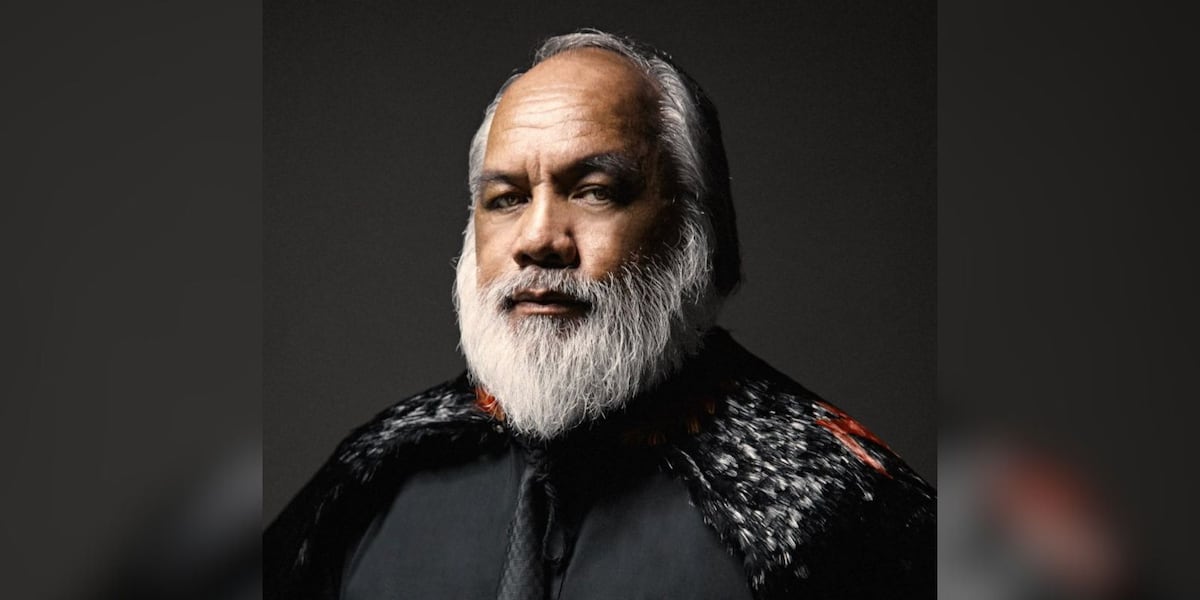
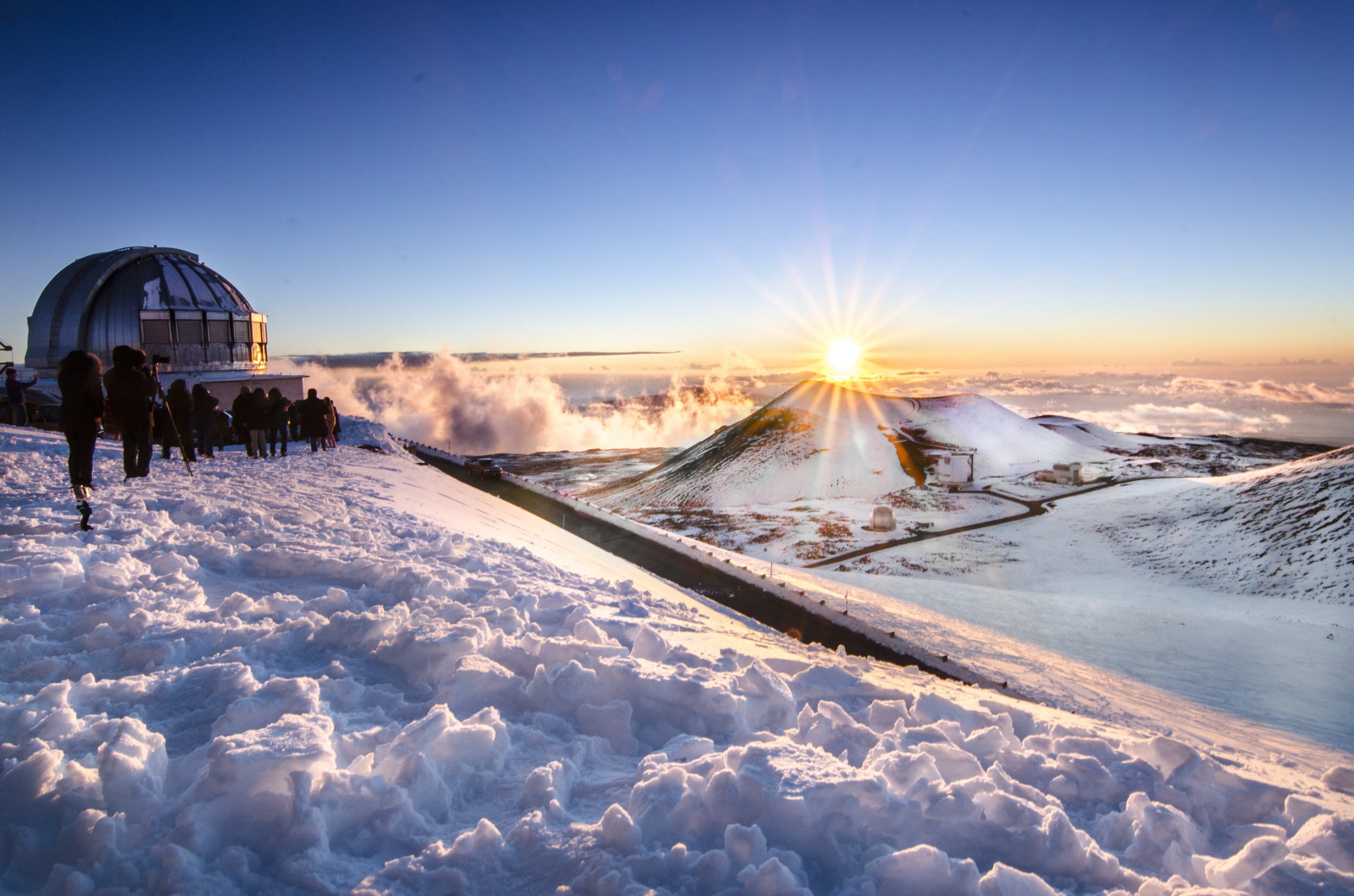




/cdn.vox-cdn.com/uploads/chorus_asset/file/25697380/STK071_APPLE_A.jpg)

